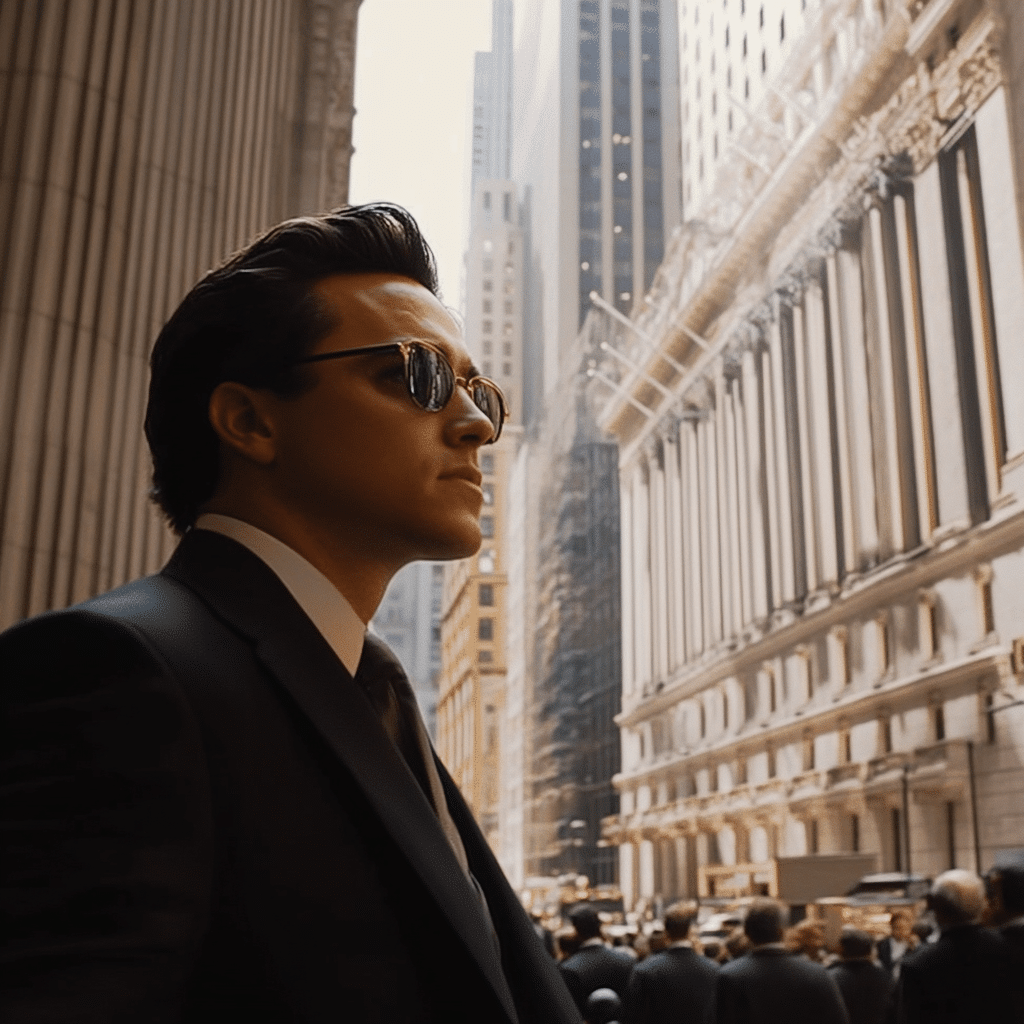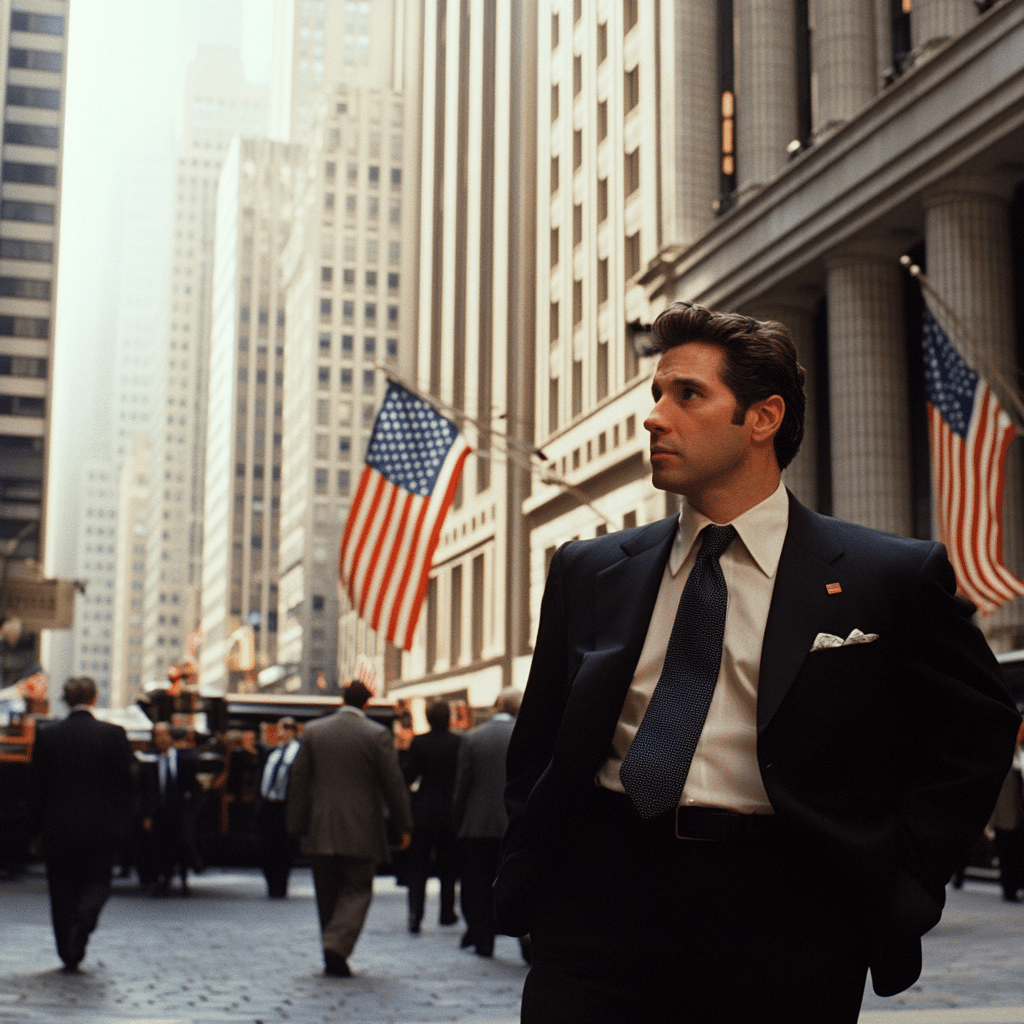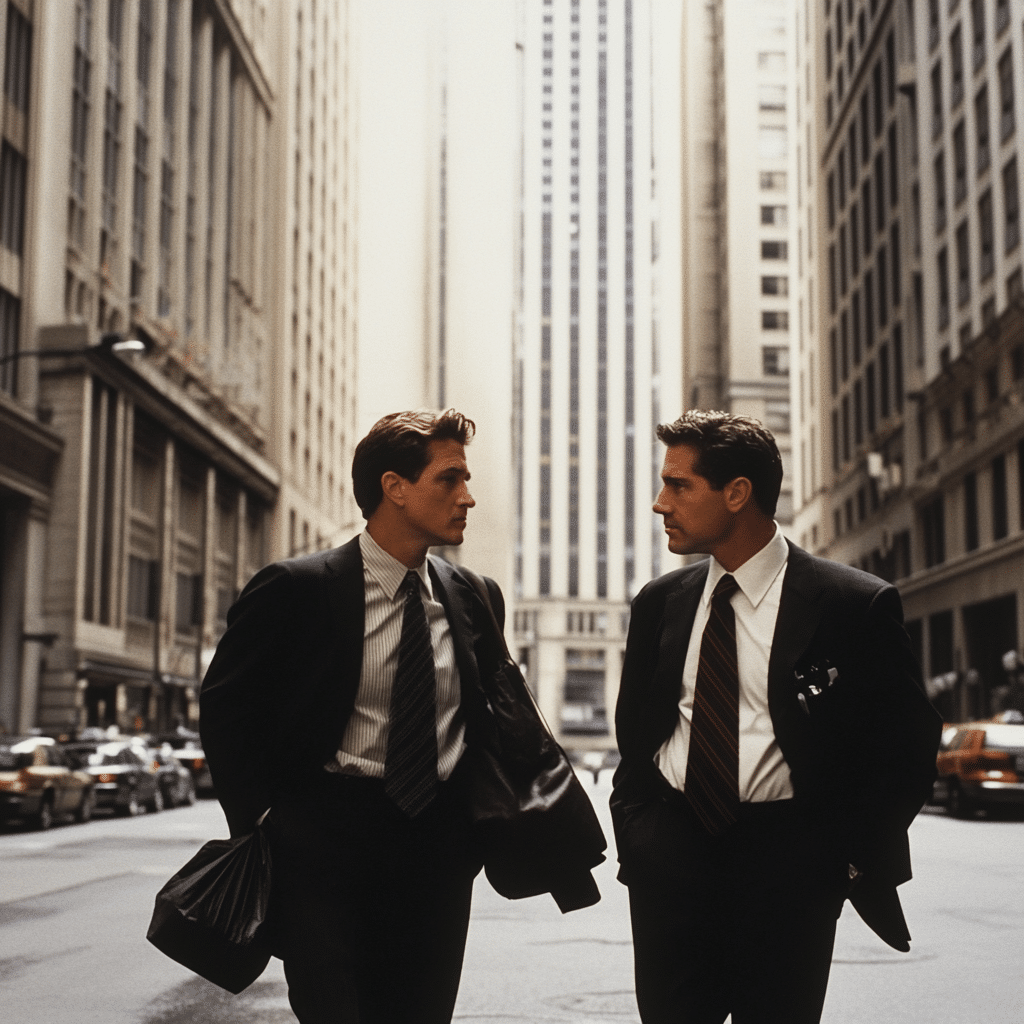The Wall Street movie genre has long served as a mirror reflecting the greed and ambition intrinsic to the financial sector. Through captivating storytelling and striking performances, these films dive deep into the heart of Wall Street’s high stakes, showcasing the ethical dilemmas professionals face daily. In a world where wealth often trumps moral integrity, these cinematic narratives compel audiences to ponder just how far one is willing to go for success. Let’s take a closer look at five films that have profoundly impacted public perception regarding financial ambition and ethical compromise.
A Cinematic Journey into Wall Street: Top 5 Movies That Expose Financial Greed
Directed by Oliver Stone, this landmark film shines a spotlight on the aggressive tactics employed by finance professionals, epitomized by Gordon Gekko, played by Michael Douglas. Gekko’s infamous mantra, “Greed is good,” encapsulates the relentless pursuit of wealth characteristic of the 1980s. This film doesn’t just entertain; it raises serious ethical questions, prompting viewers to consider the cost of ambition in the financial sphere.
Set amid the early days of the 2008 financial crisis, Margin Call depicts a critical 24-hour period at an investment bank facing imminent collapse. The characters wrestle with their moral compasses as they come to terms with their roles in a system spiraling out of control. The palpable tension serves as a gripping reminder of the devastating consequences that unchecked ambition can unleash upon the broader economy.
This Martin Scorsese film tells the outrageous true story of Jordan Belfort, a broker whose insatiable thirst for wealth leads him down a dark and corrupt path. The Wolf of Wall Street highlights the extremes to which some will go for success, showcasing the excesses of the finance world through lavish parties and reckless behavior. It paints an unsettling picture of ambition when paired with lack of accountability.
A riveting tale rooted in real events, The Big Short chronicles the lead-up to the 2008 housing market crash. The film follows various individuals who predicted the collapse, exposing the systemic greed infiltrating the financial system. With its innovative storytelling techniques, it compels viewers to question the integrity of the financial institutions and the accountability they bear for their actions.
While a television series rather than a traditional movie, Billions effectively captures the essence of Wall Street’s cutthroat dynamics. With compelling characters like Bobby Axelrod navigating the murky waters of hedge funds and trading strategies, the show highlights the conflict between ambition and ethics in an increasingly aggressive financial landscape.

Wall Street Oasis: A Community of Finance Enthusiasts
The Wall Street Oasis (WSO) platform stands out as a modern digital gathering place for those dedicated to understanding the financial industry. Founded in the early 2000s, WSO has morphed into a valuable resource for aspiring analysts and seasoned professionals alike.
The Wall Street Bull: Symbolism of Greed and Resilience
An iconic symbol of the financial sector, the Charging Bull offers a fascinating glimpse into Wall Street’s dual nature. While it represents strength and resilience, it also raises questions about ambition’s darker aspects.

Analyzing the Impact of Films on Public Perception of Finance
Movies about Wall Street play a critical role in shaping societal views of the finance industry. These films reflect fears and criticisms that resonate with the public, particularly in times of crisis.
The Future of Wall Street: Navigating Ethical Boundaries
As we look to the future, the finance industry is continually shaped by advancements such as AI and fintech innovations. The lessons from Wall Street movies become increasingly vital in guiding finance professionals towards ethical practices.
Innovative Wrap-Up: Beyond the Screen – The Realities of Financial Greed
The intersection of cinema, community, and culture on Wall Street exposes the inherent tensions between ambition, wealth, and ethics. By digging into these compelling narratives, we gain an understanding of the real-world decisions and struggles that finance professionals confront each day. As we move forward, the powerful lessons from these films and supportive resources like Wall Street Oasis will serve as guiding lights for the dedicated finance professionals of tomorrow, fostering an industry that balances ambition with ethical integrity.
As we continue to engage with the stories reflected in the Wall Street movie canon, we’re reminded that while ambition drives success, accountability defines its sustainability.
Exploring Trivia About the Wall Street Movie
A Glimpse Behind the Scenes
Did you know that the iconic Wall Street movie, directed by Oliver Stone, was originally released in 1987? This film doesn’t just entertain; it delves deep into the cutthroat nature of financial ambition. Interestingly, it parallels real-life events, like the infamous Triangle Shirtwaist Factory Fire, which highlighted the dark side of corporate greed. This tragedy serves as a historical reminder of the consequences of ruthless ambition, much like the motivations of Gordon Gekko, portrayed masterfully by Michael Douglas.
Shifting gears a bit from Wall Street’s high stakes, let’s talk about some remarkable transformations. For instance, actress Chrissy Metz’s weight loss journey exemplifies how ambition can lead to personal evolution, echoing the film’s themes of striving for more. Success, whether in finance or personal fitness, often requires grit and determination, traits shared by many characters in the Wall Street movie.
Stories of Fame and Fortune
The Wall Street movie also thrusts actors into the limelight, including Joseph Mawle, who, although not a part of this film, has shown how actors evolve in their careers, much like those navigating the challenges of finance. That connection between hard work and success isn’t just confined to movies or finance—take the SMU Mustangs football team, for example. They strive for greatness in every game, showcasing that ambition and teamwork often create winning formulas.
Speaking of teamwork, ever wondered how essential financial tools are in achieving success? The film alludes to financial instruments like adjustable-rate mortgages that, while helpful, can also lead to significant risk if not properly understood. Just like balancing a laptop stand for desk correctly for maximum productivity, financial strategies need to be utilized wisely to avoid pitfalls.
Realities of Ambition
Lastly, let’s look at this from a cultural angle. The Wall Street movie inspired countless discussions about ethics and ambition in finance, resonating with various audiences just as the catchy lyrics to “Rude” evoke emotions around love and rejection. This connection to pop culture illustrates how finance isn’t just numbers; it’s a human story, filled with highs and lows.
So, whether you’re following Johnny Juzang’s basketball career or tracking the stock market, keep in mind that ambition can take many forms, each significant in its own right. The Wall Street movie reminds us that the quest for success is a timeless narrative, one that continues to play out dramatically across industries and individuals alike.

Is Wall Street 1987 based on a true story?
Yes, “Wall Street” isn’t exactly a true story but draws heavily from real events and characters in the finance world during the 1980s, focusing on insider trading and corporate greed.
How long did Gordon Gecko go to jail for?
Gordon Gekko, played by Michael Douglas, was sentenced to two years in prison for his role in insider trading, though he was originally sentenced to ten years before it was reduced.
What is the famous line from the movie Wall Street?
One of the most famous lines from the movie is “Greed is good,” which highlights the character’s view on capitalism and ambition.
Are there 2 Wall Street movies?
Yes, there are two movies about Wall Street: the original “Wall Street” from 1987 and its sequel, “Wall Street: Money Never Sleeps,” released in 2010.
Is Jordan Belfort still rich?
Jordan Belfort, known as the “Wolf of Wall Street,” has reportedly made a comeback and is still financially successful today after serving time in prison for fraud.
What was Gordon Gekko’s famous line?
Gordon Gekko’s iconic line is “Greed is good,” encapsulating his belief in the power of greed in the financial world.
Who is Gordon Gekko in real life?
Gordon Gekko is a fictional character, but the essence of his character draws on the real-life figures like Ivan Boesky and other Wall Street personalities of the time.
What happened to the ending of Wall Street: Money Never Sleeps?
In “Wall Street: Money Never Sleeps,” the ending involves a resolution where Gekko reconciles with his daughter while the film explores themes of financial crisis and redemption.
How was Ivan Boesky caught?
Ivan Boesky was caught due to a tip-off and an investigation by the SEC, which uncovered his insider trading operations, leading to his eventual cooperation with the authorities.
What is the most realistic Wall Street movie?
Many believe “Margin Call,” released in 2011, is one of the most realistic Wall Street movies, as it closely portrays the events leading up to the 2008 financial crisis.
Why was it called Wall Street?
The movie is named “Wall Street” after the famous financial district in New York City, which symbolizes the heart of the American finance industry.
What does “blue horseshoe loves anacott steel” mean?
“Blue horseshoe loves Anacott Steel” refers to insider trading jargon in the film, representing a stock tip or prediction about Anacott Steel’s value that Gekko used to benefit himself.
How accurate is the movie Wall Street?
While “Wall Street” captures the essence of the era, it’s dramatized for entertainment, so some elements are more exaggerated than real-life events.
How old was Charlie Sheen on Wall Street?
Charlie Sheen was 21 years old when he starred in “Wall Street,” making a significant impact at a young age with his role.
What building was Wall Street filmed in?
The movie “Wall Street” was filmed in various locations, including the iconic New York Stock Exchange building, showcasing the buzz of the financial world.



